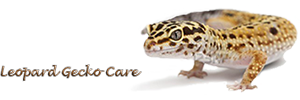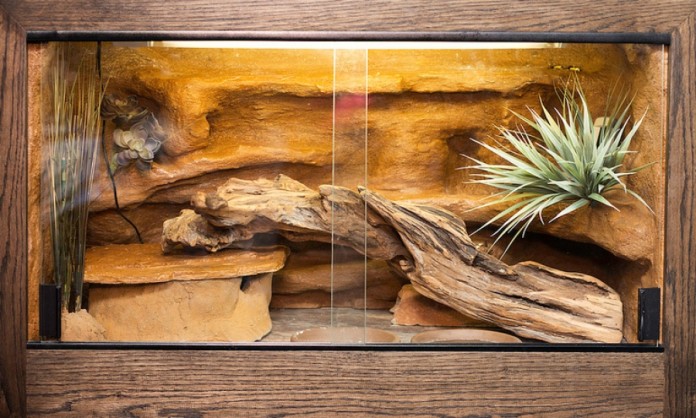Everybody who loves their pets always finds the ways of giving their pets the best cage possible. I’m here to share with you the leopard gecko cage setting. Selecting a cage for your leopard gecko is quite simple. When housing your Leopard Geckos you can be as simple or complex as you like. The final set up is only limited by your imagination. Try to be as creative as possible and do some planning before setting up your enclosure, you will find it’s very useful.Before selecting a cage for your lovely pet – Leopard Gecko, you have first to understand its natural habitat. The leopard gecko is native to dry semi-desert, scrub areas, and rocky outcrops habitat, found in the arid grasslands of Iran, Iraq, Afghanistan, Pakistan, and India.
After understanding their natural habitat, housing for gecko is a pretty straightforward task, although how it’s actually setup depends on several factors. As for this time, let us discuss the basic cage requirement set up for your gecko. Here is the guide to help you to lay out a reptile cage plans that can eventually help you to build homemade gecko cages.
Cage Size
The minimum recommended cage size for a single juvenile or an adult leopard gecko is a 2 feet (length) tank, but it is suggested that geckos be housed in 20 gallon terrarium or aquariums, as this is the basic but most important aspect to keeping your Gecko healthy. Of course the more geckos kept in each cage, the larger the cage should be. Keep in mind that house geckos need vertical space for climbing so use a tall tank or terrarium. When choosing a cage for your leopard gecko, consider the number of animals you wish to house. Never house 2 male leopard geckos together because they will become territorial and fight to death.
Basic Terrarium Decor – Hiding Box
When a leopard gecko is preparing to shed, they appreciate moister caves. Try to consider placing a “humid” or “moist” to provide a hide place in the cage. The essential item is a good humid hiding box. If your tank is placed somewhere near a sunshine place, the cage will also aid in the shedding process.
The Reptile Cage Flooring
You also need a soil or sand substrate to cover the bottom of the cage, please use reptile safe sand, cage carpet or newspaper to line the bottom of the cage. This is the basic requirement for flooring. * Please be reminded that never house a hatchling or juvenile leopard gecko on sand.
Other Cage Furniture and Decors
Some cage furniture or decors will also need to be provided, please make sure all cage furniture are placed stably so that it cannot fall or shift on your leopard gecko when your gecko stand on it, please be reminded that they will climb on everything.
Cage Temperature Control
For the temperature setting; ideal temperature range to house a leopard gecko at would be 85-95 degrees in the open spot.
Basic Reptile Cage Set Up Summary
As for the entire setup that consist of everything that you may need to house a healthy leopard gecko can cost as little as $80.
Nice terrarium need some efforts. Happy setting up your leopard gecko cage!










